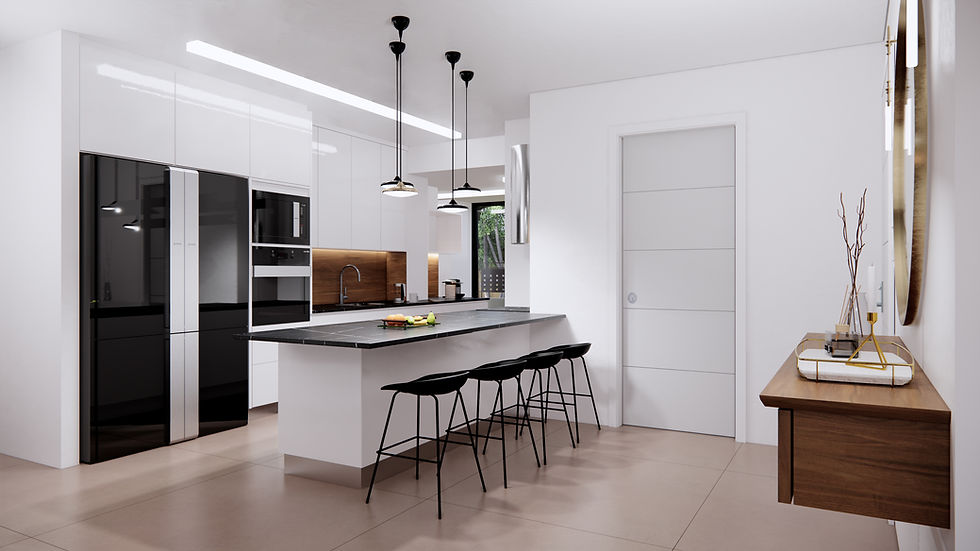How Can Virtual Reality Help Architecture and Design Projects
- Daniel Shnaider
- Jan 17, 2021
- 3 min read
Virtual reality is a computer-generated environment which immerses an individual in a simulated world that is different from the one the individual is physically in. This immersive experience is made possible through several factors that are built into a virtual reality device.
A suitable display method – such as a virtual reality headset or a helmet – can help to create a three dimensional world, and give depth to images, using stereoscopic displays.
This display method will also have a way to track a user's motion – such as his or her head and eye movements – so that the images seen in the device can change with the user's perspective.
The virtual reality headset will equally have the ability to monitor other sensory stimuli other than vision. For instance, the simulated environment will respond to sound and touch.
The immersive experience is also made possible through virtual interactivity. Here, the user is able to navigate through and interact with the virtual environment. The user will thus be able to move around in this environment, walking through doors, opening windows, and having the true experience of actively living in this new environment.
Virtual reality is a technology that is already in use in an ever-growing number of fields, including medicine (for preparing for surgeries), education (for teaching students with learning difficulties), industry, culture (for guided tours of museums), military science (for training soldiers in simulated combat scenarios), and gaming. It is also projected to undergo massive growth and development over the coming years.
Virtual Reality in Architecture and Design Projects.
In the field of design, professionals often face the challenge of effectively communicating their ideas to their clients.
Architects have previously used floor plans, 3D renditions, and models to prepare their presentations. However, these have had limitations in effectively communicating the ideas of the architect to the clients.
It is generally believed that virtual reality will not only be a far more effective tool in preparing presentations, it will also be used in the entire design process – from start to finish – which will lead to the development of a satisfactory design that both the professional and the client can agreeably work with.
Some of the benefits of employing virtual reality in the fields of architecture and design include the following:
Virtual reality will allow a client to more clearly see the end product of a design. He or she will then be able to indicate the things they like or dislike about a design instantaneously, making the feedback process more efficient. The client could even effect changes to the design in real-time.
Unlike 3D designs and computer models, virtual reality enables the client to carry out a real-world test of the finished product. He or she can actually simulate different scenarios (such as trying to get to an emergency exit quickly) in the virtual environment and see immediately if any changes or improvements need to be made.
A good architect will readily find work if he or she can present prospective clients with highly detailed visualizations of satisfactory finished designs. Virtual reality can afford this since it will allow the prospective client to interact extensively with a to-scale detailed representation of the finished product in order to make a faster and better informed decision.
Virtual reality hardware are relatively cheap. It has been estimated that the full complement of such headsets as the Oculus Rift or the HTC Vive, along with the requisite computer hardware would cost under $8000. This will serve as good investment when the architect can readily achieve customer satisfaction with this assembly.






Comments